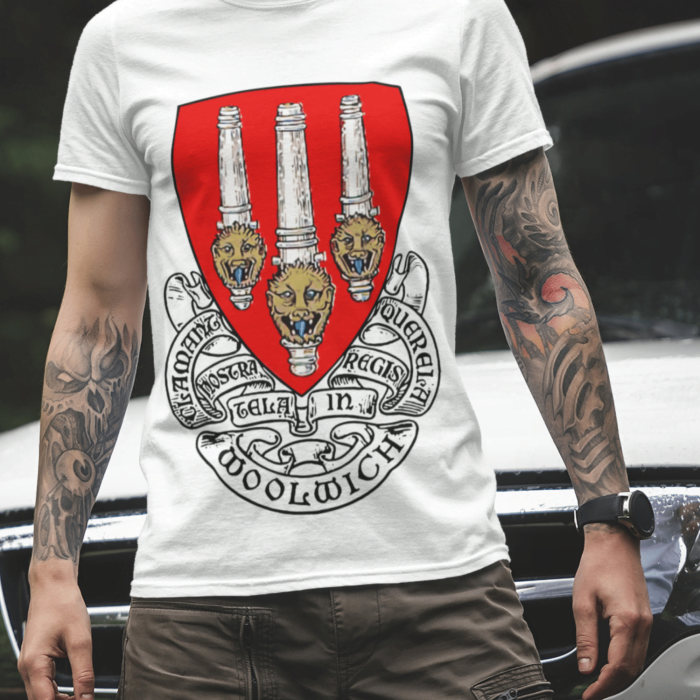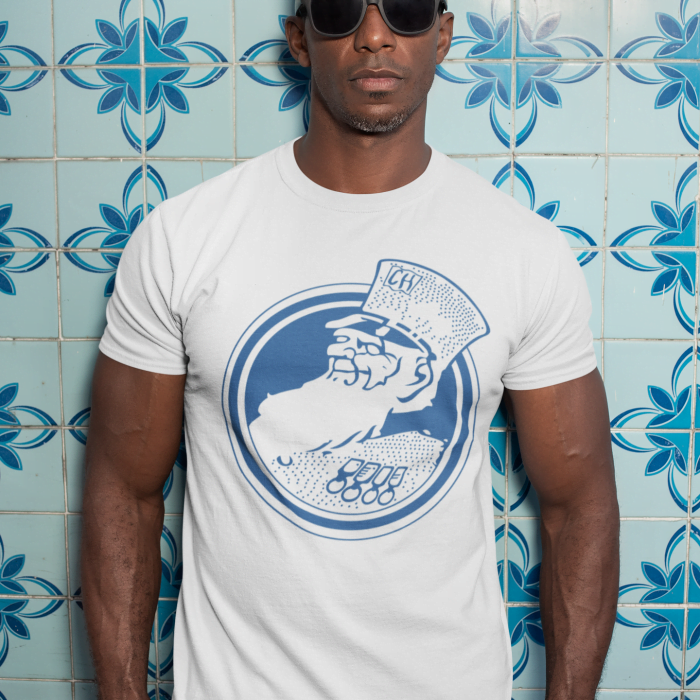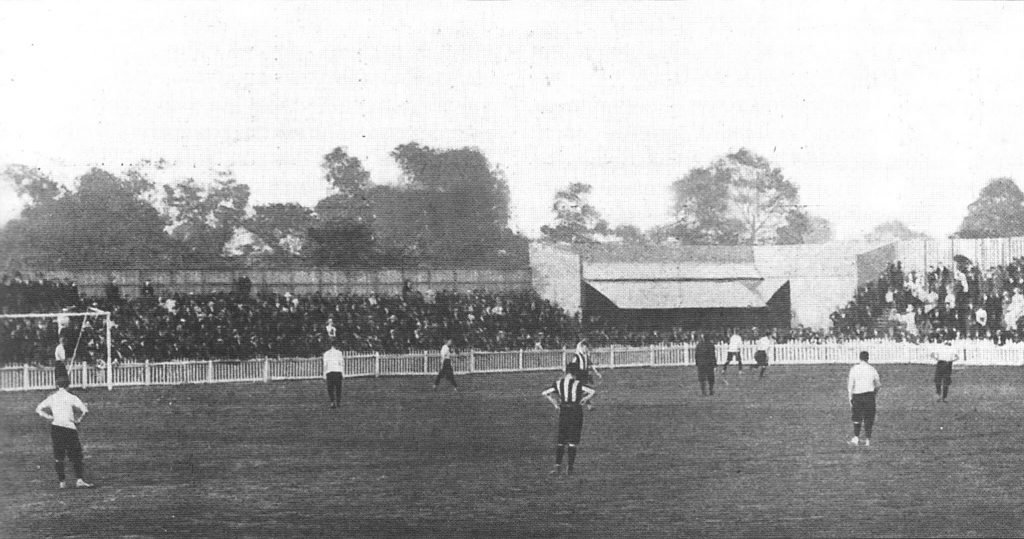Manchester United, one of the most iconic football clubs in the world, has a rich history filled with success, glory, and a legacy that will be remembered for generations to come. From its humble beginnings in 1878 as Newton Heath LYR Football Club, the team has grown to become a global powerhouse, winning numerous domestic and international titles.
Under the legendary management of Sir Matt Busby, Manchester United achieved unprecedented success in the 1950s and 1960s. The “Busby Babes,” a group of talented young players, captured the hearts of fans and won three league titles before tragedy struck with the Munich air disaster in 1958. Despite the devastating loss, the team rebuilt and went on to win the European Cup in 1968, becoming the first English club to do so.
In the 1990s and early 2000s, Manchester United experienced another golden era under the leadership of Sir Alex Ferguson. With a squad featuring players like Ryan Giggs, Paul Scholes, and David Beckham, the team dominated English football, winning an incredible 13 Premier League titles and two UEFA Champions League trophies.
Today, Manchester United continues to strive for success under the guidance of current manager Ole Gunnar Solskjaer. With a blend of experienced players and promising young talents, the team is determined to reclaim its glory days and add more silverware to its illustrious trophy cabinet.











